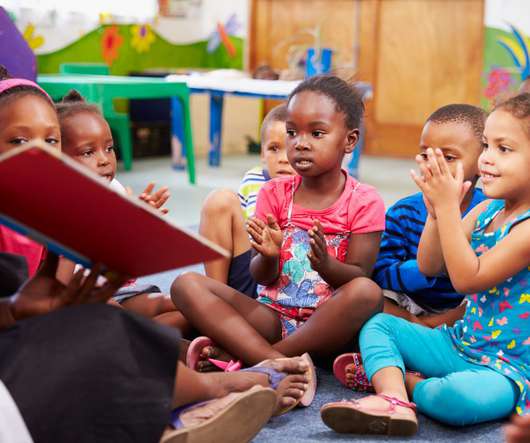Culturally Responsive Teaching: Tips and Strategies for Educators
Waterford
FEBRUARY 4, 2021
December 2003. Intercultural Education, 2001, 12(1), pp. Preservice teachers’ culturally responsive teaching self-efficacy and outcome expectancy beliefs. Preservice teachers’ culturally responsive teaching self-efficacy and outcome expectancy beliefs. Culturally Responsive Teaching for American Indian Students.



















Let's personalize your content